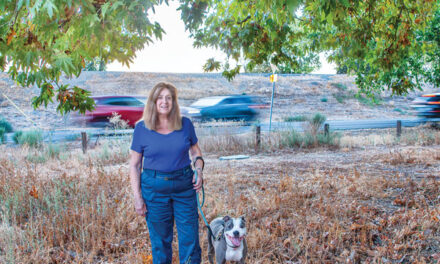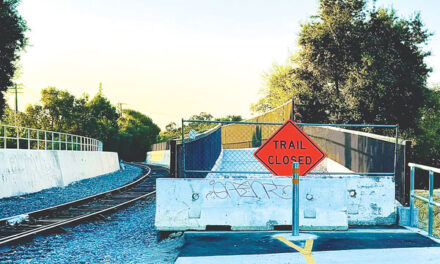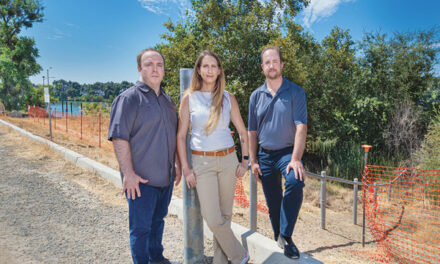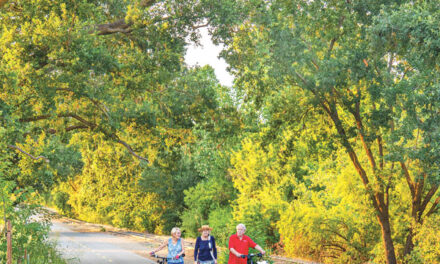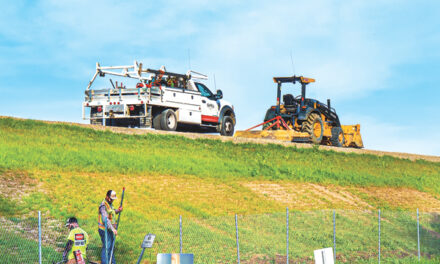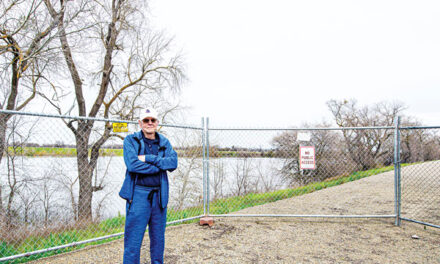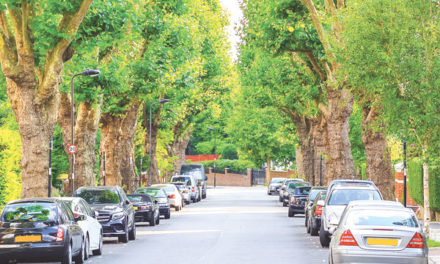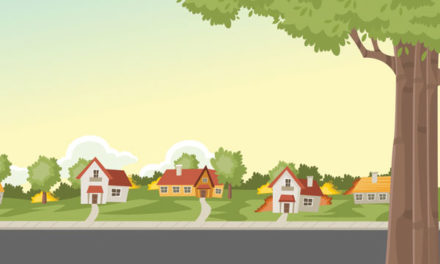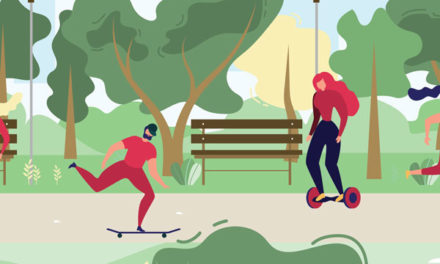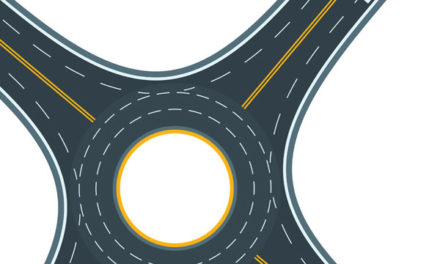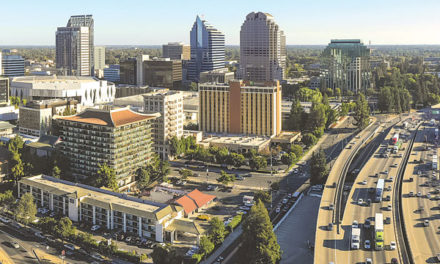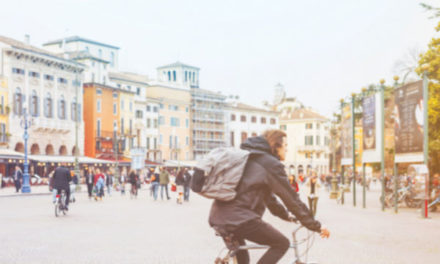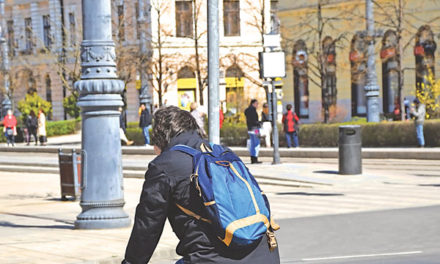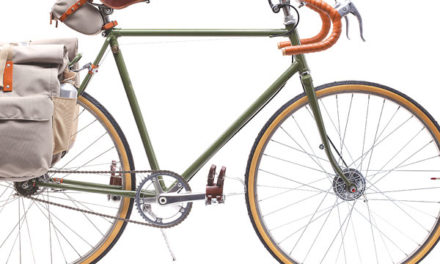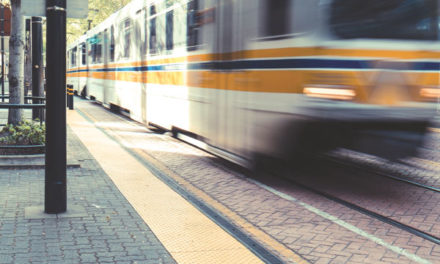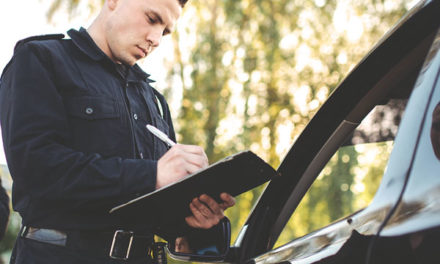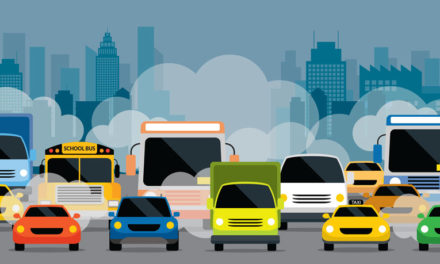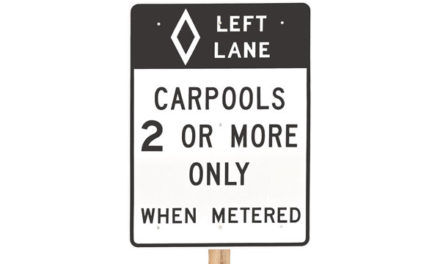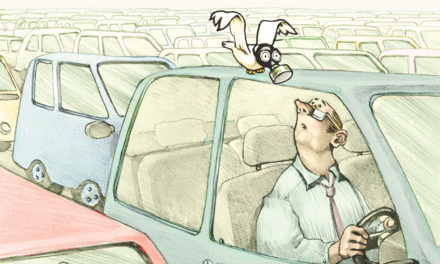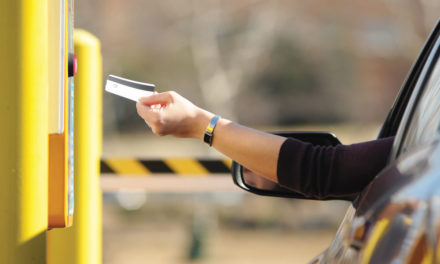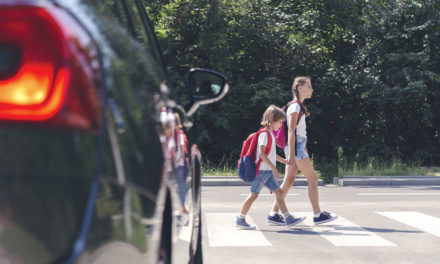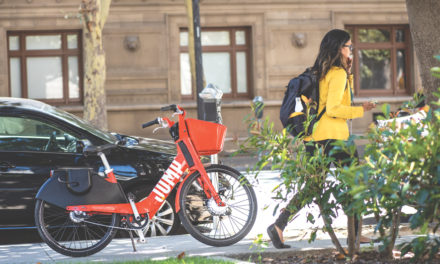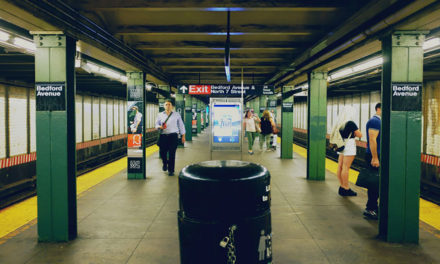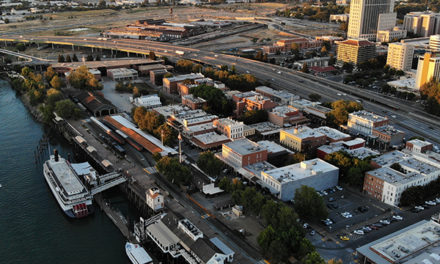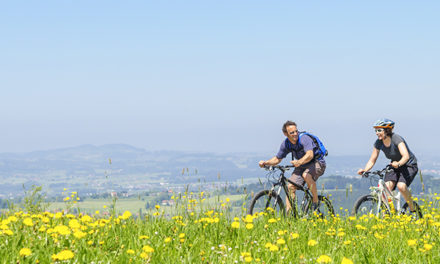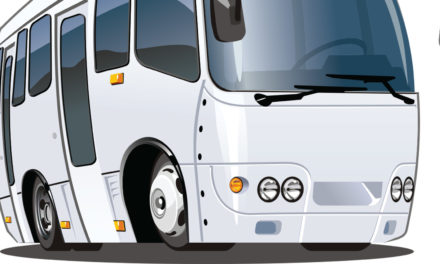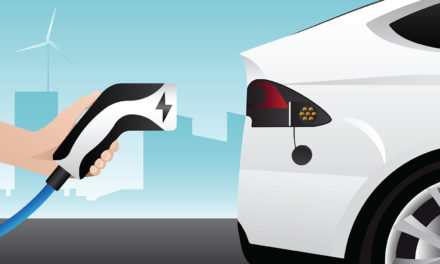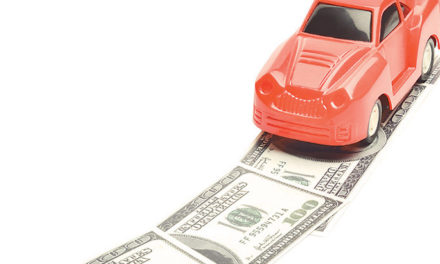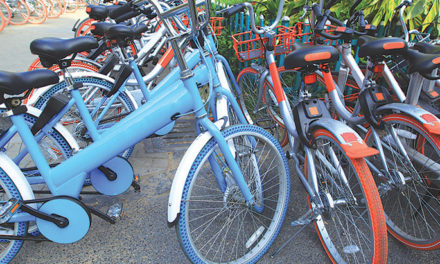There has always been competition for public rights of way, whether among horses, carriages, streetcars, people on foot, bicyclists, motorcycles or vehicles. Now the competition has heated up for the sidewalk portion of that right of way.
Sidewalks are a scarce and valuable public resource, a safe haven in the urban jungle. Yet the list of people and things vying for sidewalk space is long: pedestrians (including those with disabilities and wheelchairs), vendors, bicyclists, bike racks, skateboarders, strollers, homeless people, dogs (and their waste), parked cars, trash bins, utility and light poles, bollards, street and business signs, news racks, bus shelters, tree wells, construction scaffolding, etc.
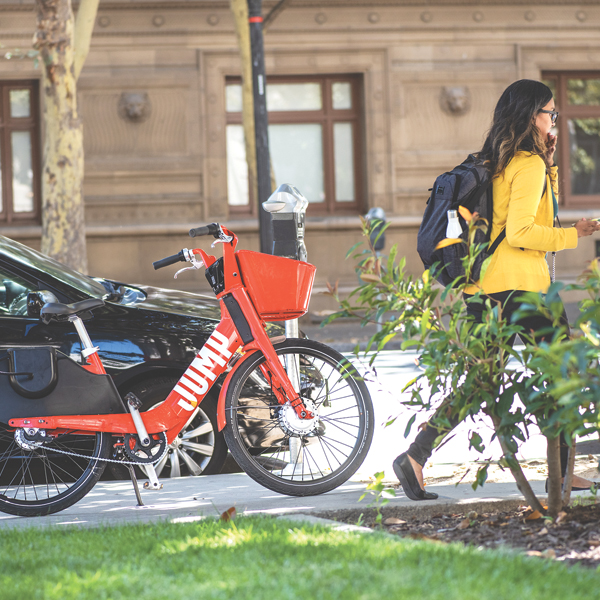
Shared electric bikes and scooters are the most recent additions. Next to arrive will be robotic delivery devices—now a common sight in Berkeley and something San Francisco has already regulated.
E-scooters have especially disrupted the public. Pedestrians see their refuge threatened. It didn’t help that the initial strategy of some scooter companies was to dump thousands of scooters on city streets without permission. As a result, San Francisco banned all scooters while it formulated rules. Nashville’s mayor ended the city’s pilot scooter program. After a fatality, he banished the 4,000 scooters owned by seven different companies.
Scooter clutter (scooters blocking sidewalks, either while parked or when knocked over) irritates pedestrians and business owners. (Oddly, cars cluttering streets doesn’t engender the same hostility, though cars take up far more public space and pose incredibly more danger to pedestrians.)
Sacramento was a bit late to the game. It hasn’t had the large volume of scooters and bikes of other cities, but the numbers continue to grow. The Bee reports JUMP is permitted 1,170 bikes and scooters. Lime added 250 scooters in July. The city expects more vendors to enter the market soon.
Shared bike and scooter users don’t exercise the same care bike owners do when they finish rides. Though terms of use say the devices should be locked and out of the way, they are often left unlocked in the middle of sidewalks. Bike owners want their bikes ready when they return, so they tend to be scrupulous about locking them to a rack, if available, or some fixed out-of-the-way object.
It’s my observation that shared bike users tend to be worse scofflaws than bike owners and car drivers. They, and scooter users, ride on sidewalks, even when bike lanes are available or the law says they shouldn’t. They ride the wrong way on streets. They ride through red lights. They are cavalier about where they abandon their devices.
The city of Sacramento has inconsistent rules for scooters and bikes. Scooters are not allowed on sidewalks, but bikes are, unless there is a sign forbidding them. This is neither sensible nor safe.
In my view, no devices moving faster than walking speed should be allowed on sidewalks. Fast devices strike fear in pedestrians even when they don’t actually strike pedestrians.
And sidewalk use is risky for riders. Every intersection with a street or driveway means a potential collision. Drivers of turning vehicles don’t expect, or look for, higher speed traffic on sidewalks. The city’s rules jeopardize its hope of reaching the Vision Zero goal of no traffic fatalities or serious injuries.
All this is complicated by the fact that sidewalk bicyclists and scooter riders are on sidewalks because they feel safer than on the street. The perception of safety can be false, but streets are hazardous and should be safer.
Lower traffic speeds and protected space for the vulnerable users of these new devices would help. Until then, we can expect sidewalks to be seen as a refuge not just for pedestrians, but heavy e-bikes and scooters that can go 15 mph or faster.
Shared electric scooters and bikes can be convenient and clean. They are efficient transportation. Using them, instead of 2-ton, pollution-emitting SUVs for short trips, benefits just about everyone. Their proliferation creates pressure to install racks for parking them (and privately owned bikes) and to build lanes for their use. They can be a revenue source. That’s all for the good.
For-profit companies own the shared bikes and scooters. They use the public right of way to make a buck. They have downsides since the customers of those companies often add enforcement, safety and aesthetic challenges for local governments. I’ll have more to say as all this gets sorted out.
Walt Seifert is executive director of Sacramento Trailnet, an organization devoted to promoting greenways with paved trails. He can be reached at bikeguy@surewest.net. Follow us on Facebook, Twitter and Instagram: @insidesacramento.






